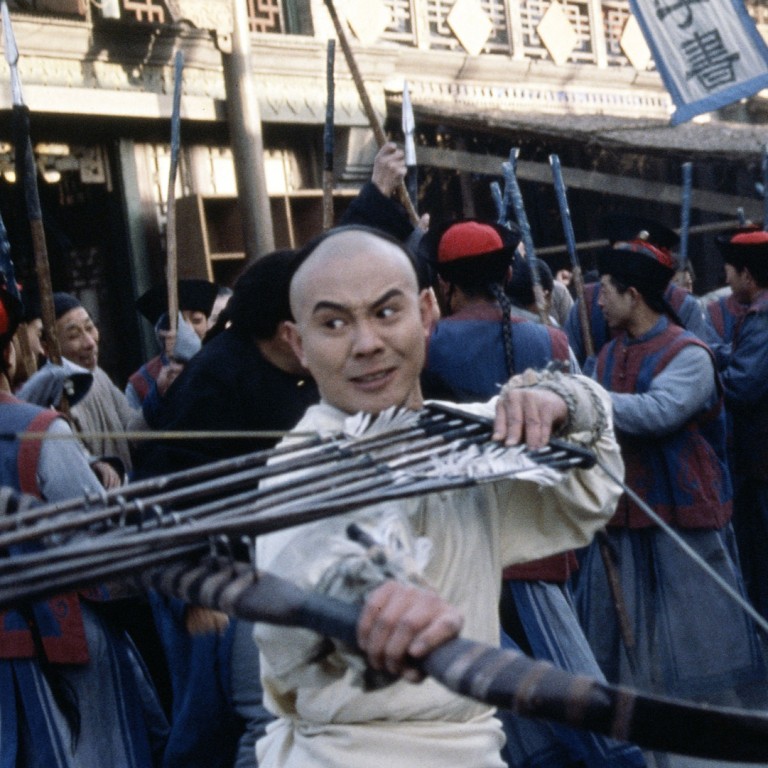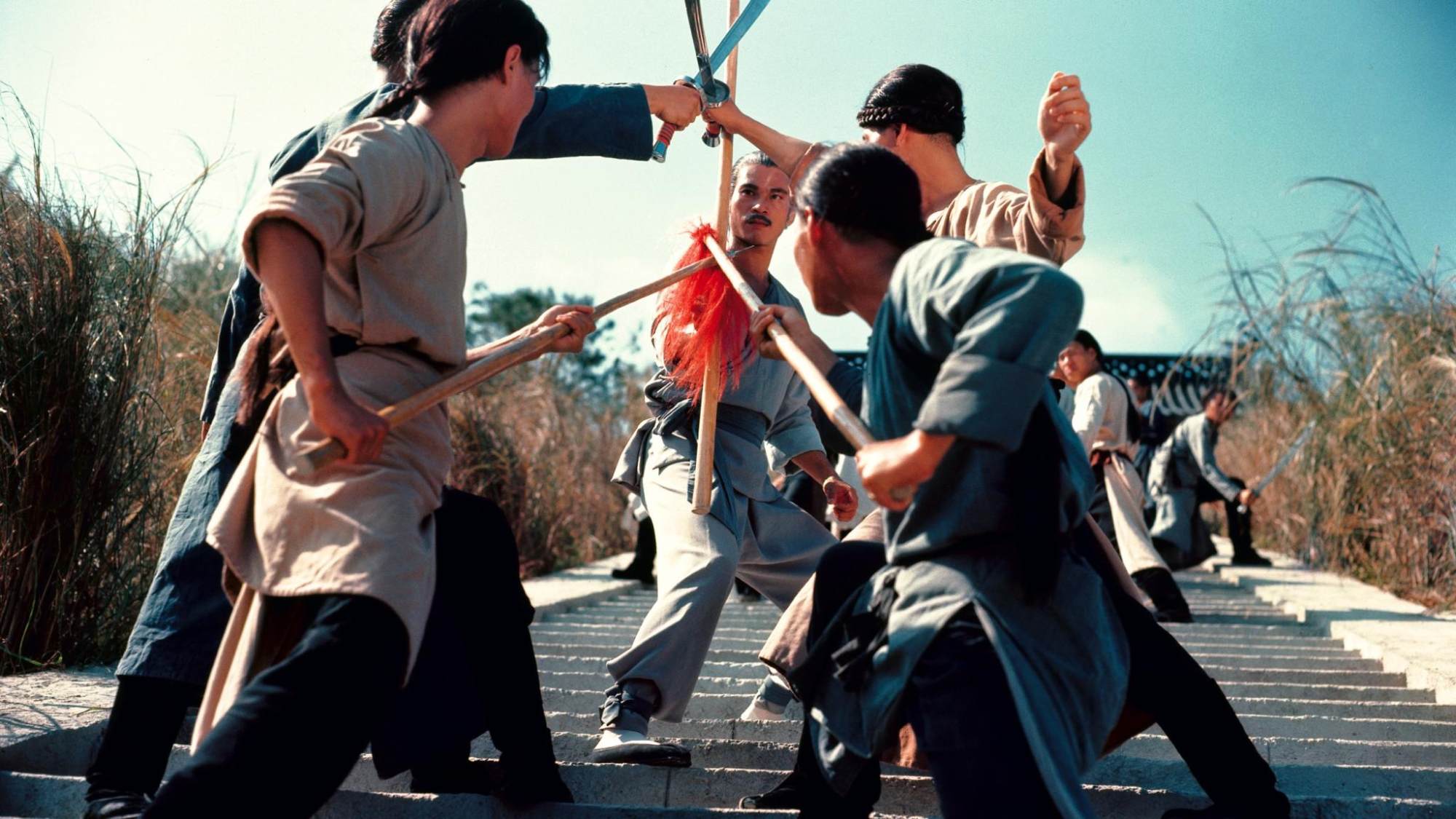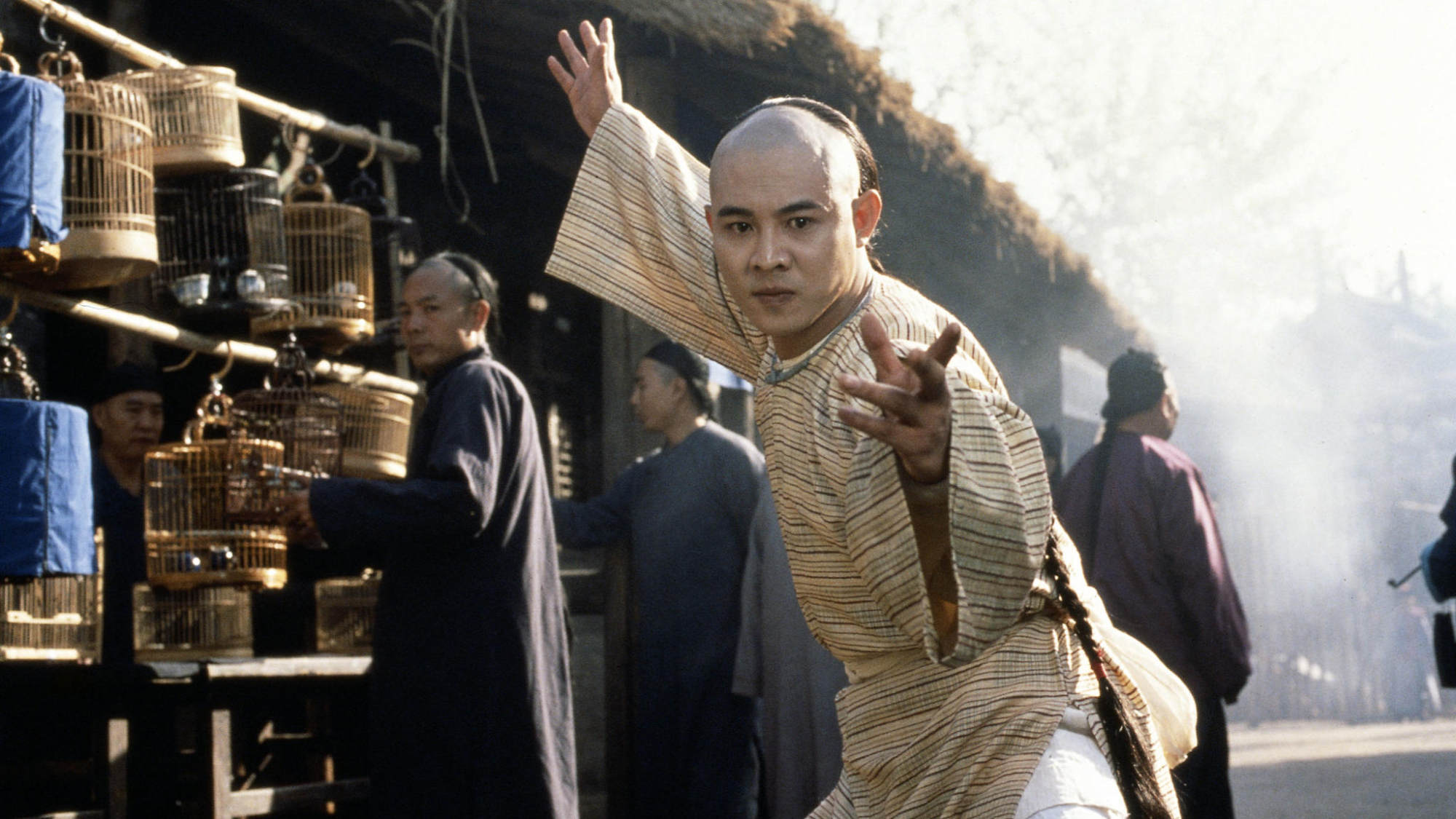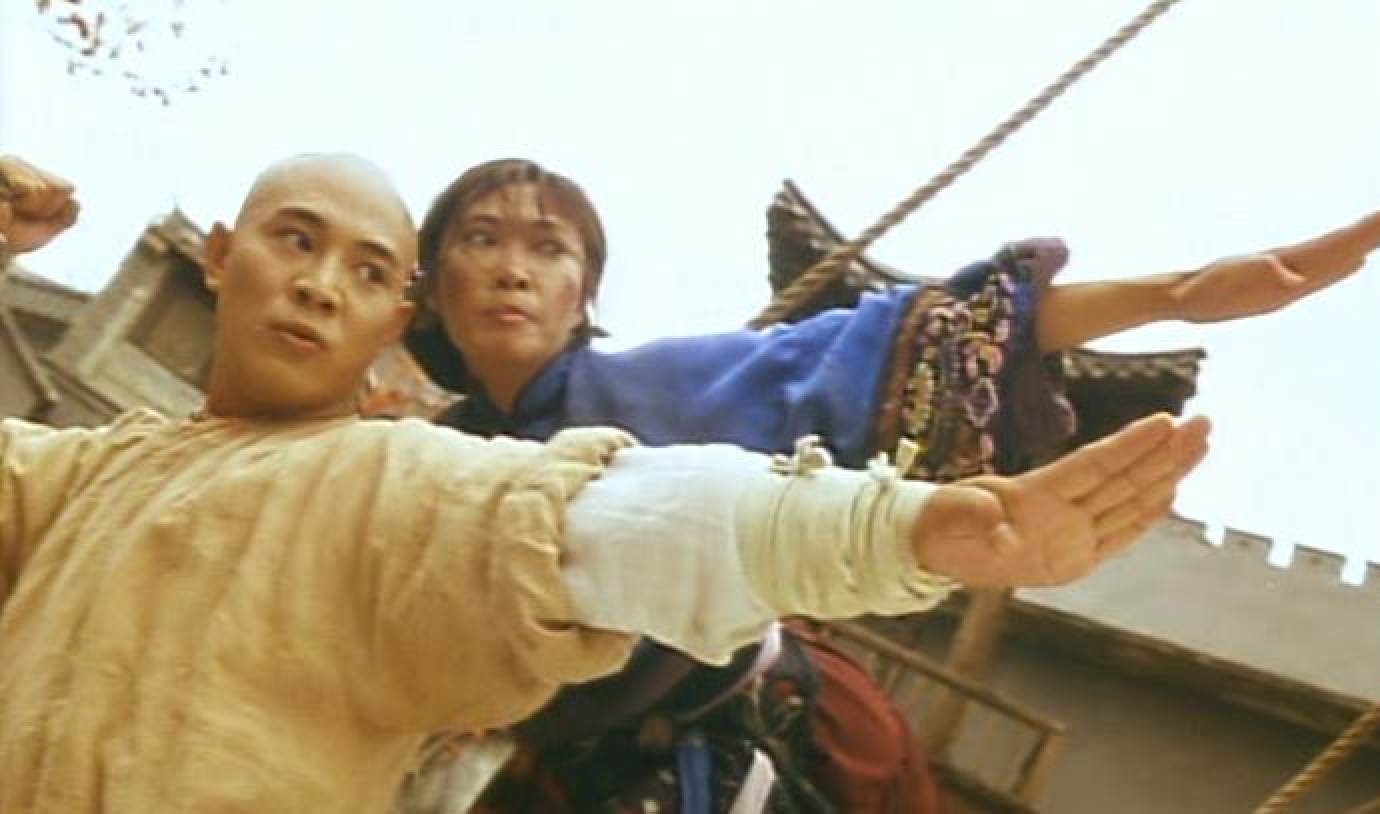
Jet Li made Fong Sai-yuk a household name, while Chen Kuan-tai impressed as Hong Xiguan in Executioners from Shaolin. Did these heroic figures actually exist?
- Hong Xiguan, credited with inventing the hung gar style of kung fu, is said to have been born in 1745 and to have fallen in with anti-Manchu revolutionaries
- Fong Sai-yuk was, like Hong, a student at the reputed southern Shaolin Monastery, and is said to have been almost invulnerable
The swordfighting heroes of wuxia films are generally drawn from novels, but the heroes of kung fu films are often folk legends who may have really existed.
Little is recorded about the lives of such legends, and some of the below is based on an essay, “When the Legends Die”, by Hong Kong film historian Ng Ho, among other sources.

Hong Xiguan and his wife Fang Yongchun
Hong Xiguan (aka Hung Hei-gun) is credited as the inventor of hung gar, which, along with wing chun, is the most well-known of the southern styles of kung fu. In legend, and perhaps fact, Hong is one of the fighters who fled the southern Shaolin Monastery when it was burned down by the Manchus.
Hong was most credibly portrayed by Chen Kuan-tai in films like Heroes Two (in Chinese, more directly named Hong Xiguan and Fang Xiyu) and Executioners from Shaolin. Chen’s muscular frame made him the perfect embodiment of a hung gar expert.
How Shaw Brothers made Gordon Liu a martial arts superstar
Hong was born around 1745 in Guangdong province, and was distantly related to the last Ming dynasty emperor, Chong Zen. Hong was initially a trader and made a good living trading in tea. But he fell out with Qing dynasty nobles and went into hiding at the southern Shaolin Monastery, where was he was taught kung fu as a lay person. Hong showed talent and was instructed by the monastery’s abbot, learning Tiger-style kung fu. He also became an expert in pole fighting techniques.
As shown in Executioners from Shaolin, when the Manchus burned down the Southern Shaolin Monastery for fomenting anti-Manchu sentiment, Hong took refuge in the “Red Junks”. The Red Junks were ships filled with Cantonese opera performers who sailed up and down the Southern coastline of China, stopping at villages along the way to put on shows.
The Red Junks were also centres of anti-Manchu revolutionary activity – the Manchus who founded the Qing dynasty were regarded as invaders by the Han. It’s rumoured that Hong worked as a cook on a Red Junk, and continued his revolutionary activities as the boat traversed the coastline.
Hong’s life intersected with another heroic martial artist, female fighter Fang Yongchun. Fang was an expert in the Guangdong fighting style of “Yongchun fist”, which is an adaptation of Shaolin kung fu that uses small strikes to make it effective in fighting in city alleyways.
Fang was also known as the “Third Lady of Yongchun”, and some sources say that she was also the niece of the hero Fong Sai-yuk (see below). One legend says that Fong was the inventor of the well-known Crane style of kung fu, in which practitioners use the hand to mimic the jabbing attacks of a beak, and the arms to mimic the defensive blocks of the crane’s wings.

The story goes that Fong’s father was murdered and she became a nun in a Buddhist monastery to learn kung fu, with the aim of avenging him. She proved to be an adept martial artist. One day, she saw a crane pecking at rice that she was drying, and picked up a stick to drive it away. The crane attacked her with its beak and defended itself from her stick with its wings. Impressed by its manoeuvres, Fong adapted them them into what became known as the Crane fighting style.
Fong later met Hong Xiguan and they duelled – she was so skilful that Hong could not defeat her. Fong offered to teach Hong her Crane style if he helped her avenge her father, and the two later married. Hong combined Crane style with Tiger style to form “Tiger and Crane Double Form”. This became known as “The Hung (Hong) fighting system”, and later was simply referred to as hung gar.
According to Ng Ho, Hong Xiguan lived to be 93 years old, and was killed in a surprise attack by a young girl whose father he had killed – the girl defeated him with a move called “Phoenix Eye Fist”. Other versions of the legend say he was killed by the notorious Taoist monk Bak Mei (aka Pai Mei), the betrayer of the Shaolin Monastery and the leader of the Wudang martial arts school, a rival to Shaolin.

Fong Sai-yuk
Although not as well-known as Wong Fei-hung, Cantonese folk hero Fong Sai-yuk (aka Fang Shiyu) has been portrayed in movies since at least 1938, when the two-part The Adventures of Fong Sai Yuk was released.
Usually thought of as cheeky and irreverent, in contrast to Wong Fei-hung with his serious Confucian demeanour, Fong was most notably portrayed by Jet Li Lianjie in Fong Sai Yuk and Fong Sai Yuk 2 in the early 1990s. Among others, the ill-fated martial arts legend Alexander Fu-sheng also portrayed him in films like Heroes Two and Shaolin Temple, although Fu played his as an arrogant, almost invincible youth. Along with Hong Xiguan, Fong is known as one of the “Ten Tigers of Shaolin”.
Fong Sai-yuk is said to have been born in Guangdong sometime in the 18th century to a silk merchant and his second wife, Miao Cuihua, who was herself an expert martial artist, trained by her father who had studied kung fu at the southern Shaolin Monastery.
Much of what is known about Fong comes from a passage in the Qing dynasty martial arts novel Evergreen, quoted here: “ Miao followed the wishes of her father, and bathed the one-month old Sai-yuk in herbal oil. She then swathed the infant in successive layers of bamboo strips, wooden rods and iron bars, so that his muscles, bones and joints became hard as metal. By the time he was three, the child was already training with an iron helmet on his head and iron boots on his feet.
“At the age of six, he started practicing the Horse Stance [the foundational stance of hung gar], and at seven he started learning various forms of fist and footwork. By the age of 14, his versatility extended to all kinds of weaponry. Endowed with all kinds of strength, his body was all but invulnerable. Fiery and hot tempered, he was an unrelenting champion of the oppressed.”

Fong’s Achilles’ heel, which was due to the way that his mother held him while bathing him in the potion, was around the rectal area, and he is usually depicted as being slain when a weapon pierces him there.
Fong’s most notable adventure came when, at just age 14, he killed Lei Laohu, a relative of a great master of the Wudang school, in a street duel while travelling to Hangzhou with his father. This inflamed the rivalry between Wudang and Shaolin which ultimately resulted in the former’s alliance with the Manchus, and their conspiracy to burn the southern Shaolin Monastery down.
Fong, who studied at the monastery, is believed to have died in the fire.

In this regular feature series on the best of Hong Kong martial arts cinema, we examine the legacy of classic films, re-evaluate the careers of its greatest stars, and revisit some of the lesser-known aspects of the beloved genre. Read our comprehensive explainer here.
Want more articles like this? Follow SCMP Film on Facebook
